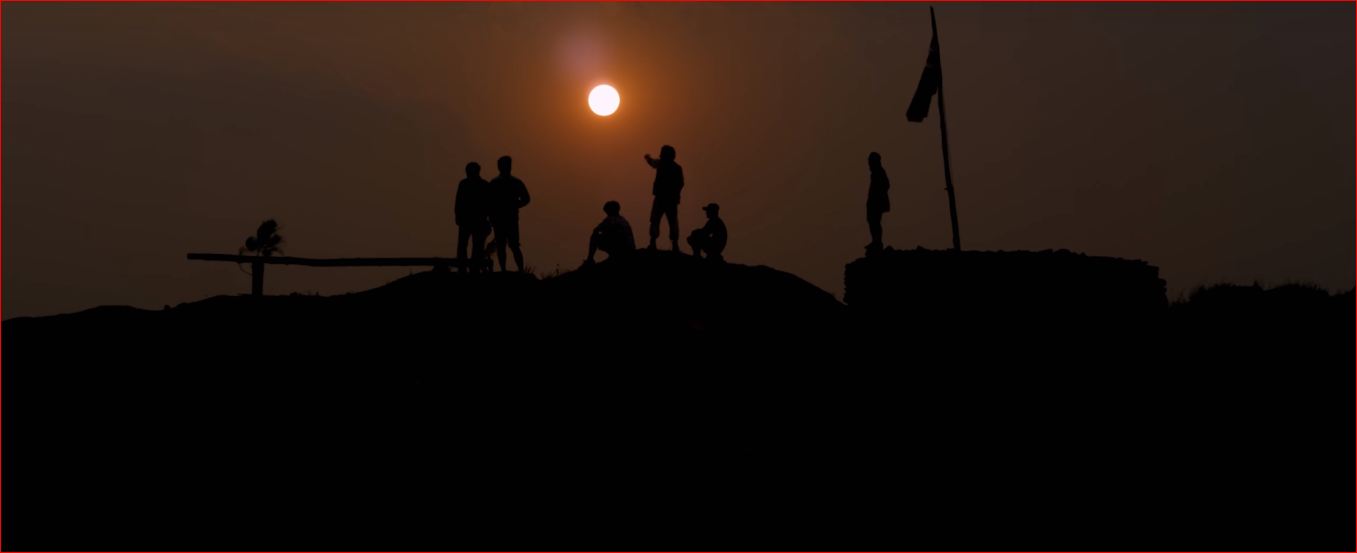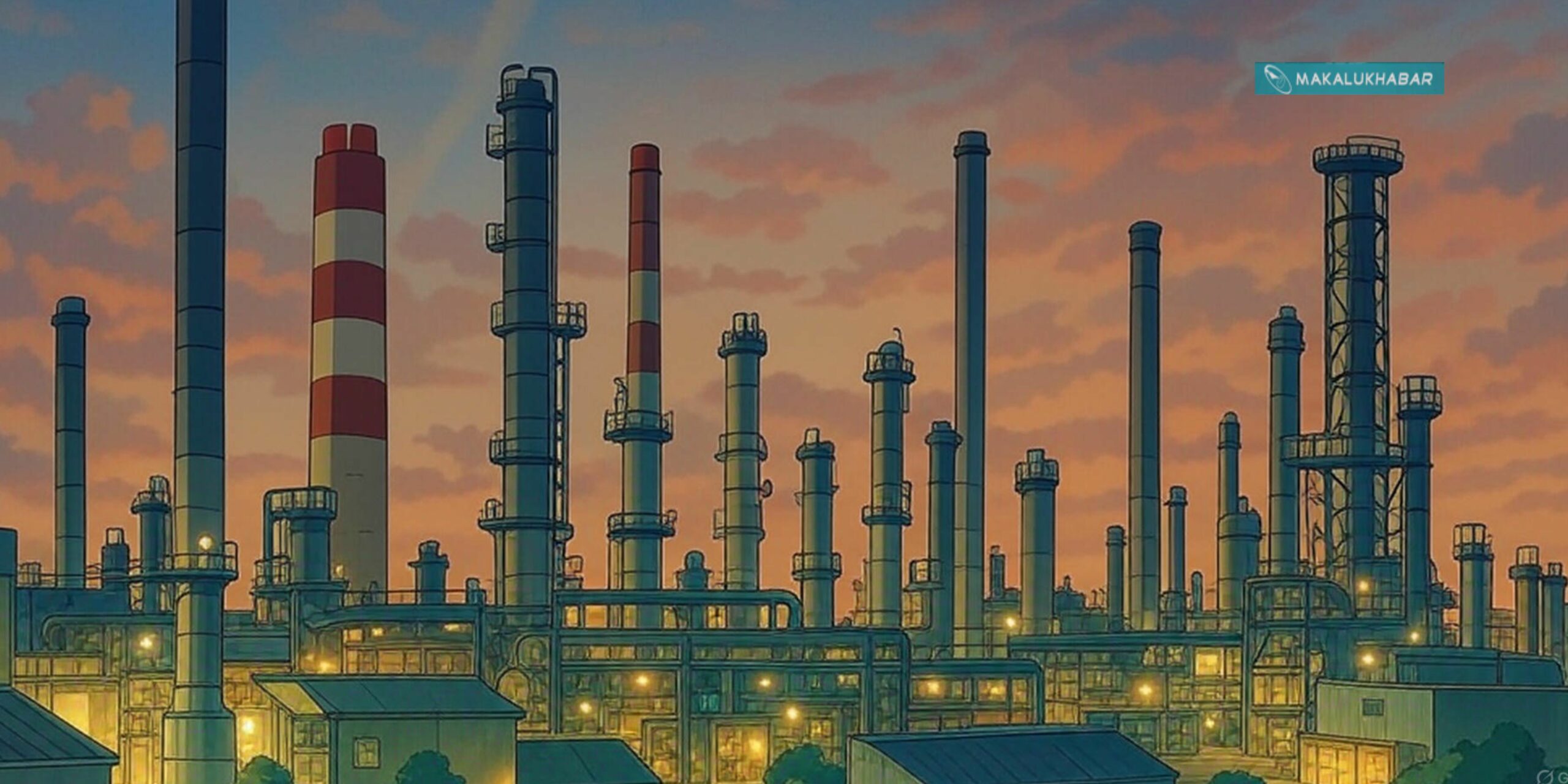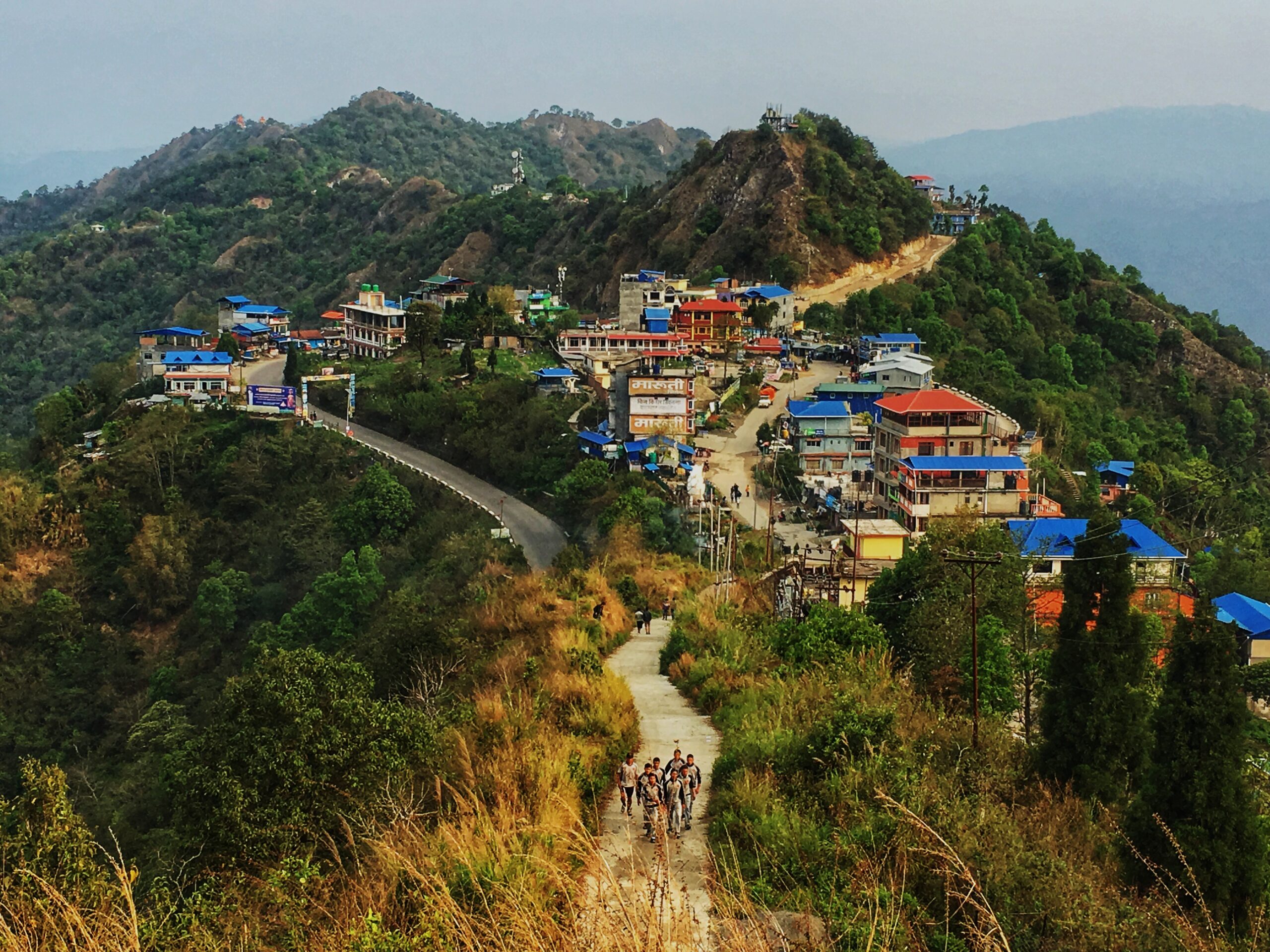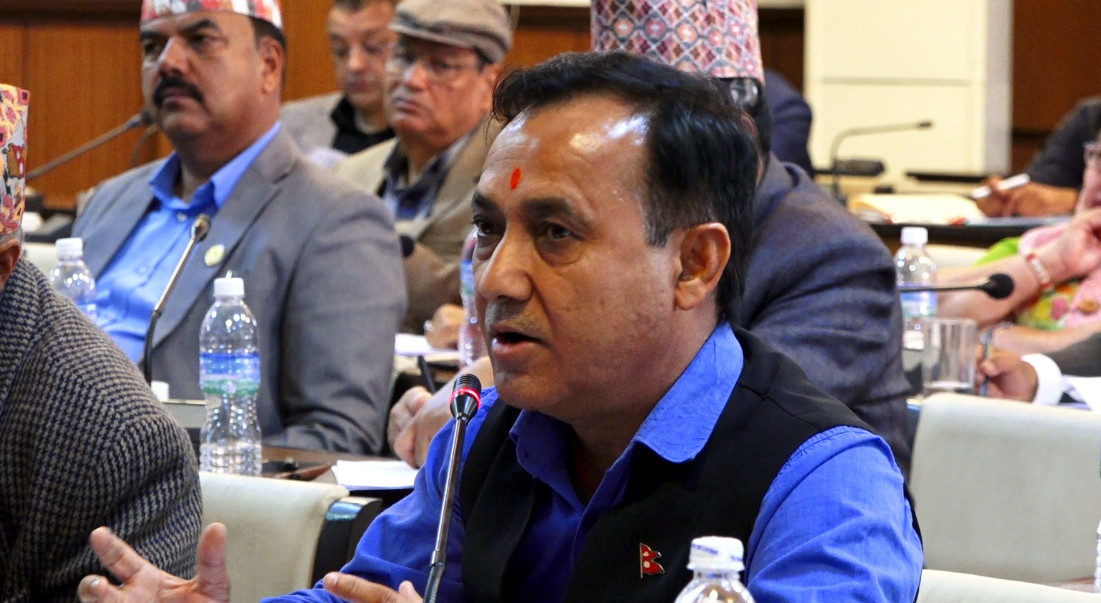Global warming & vanishing giants: The threat to Nepal’s snow-capped peaks
Once covered in thick, eternal snow, these majestic mountains are now facing a stark reality—melting glaciers and vanishing snow, an alarming sign of the accelerating climate crisis.
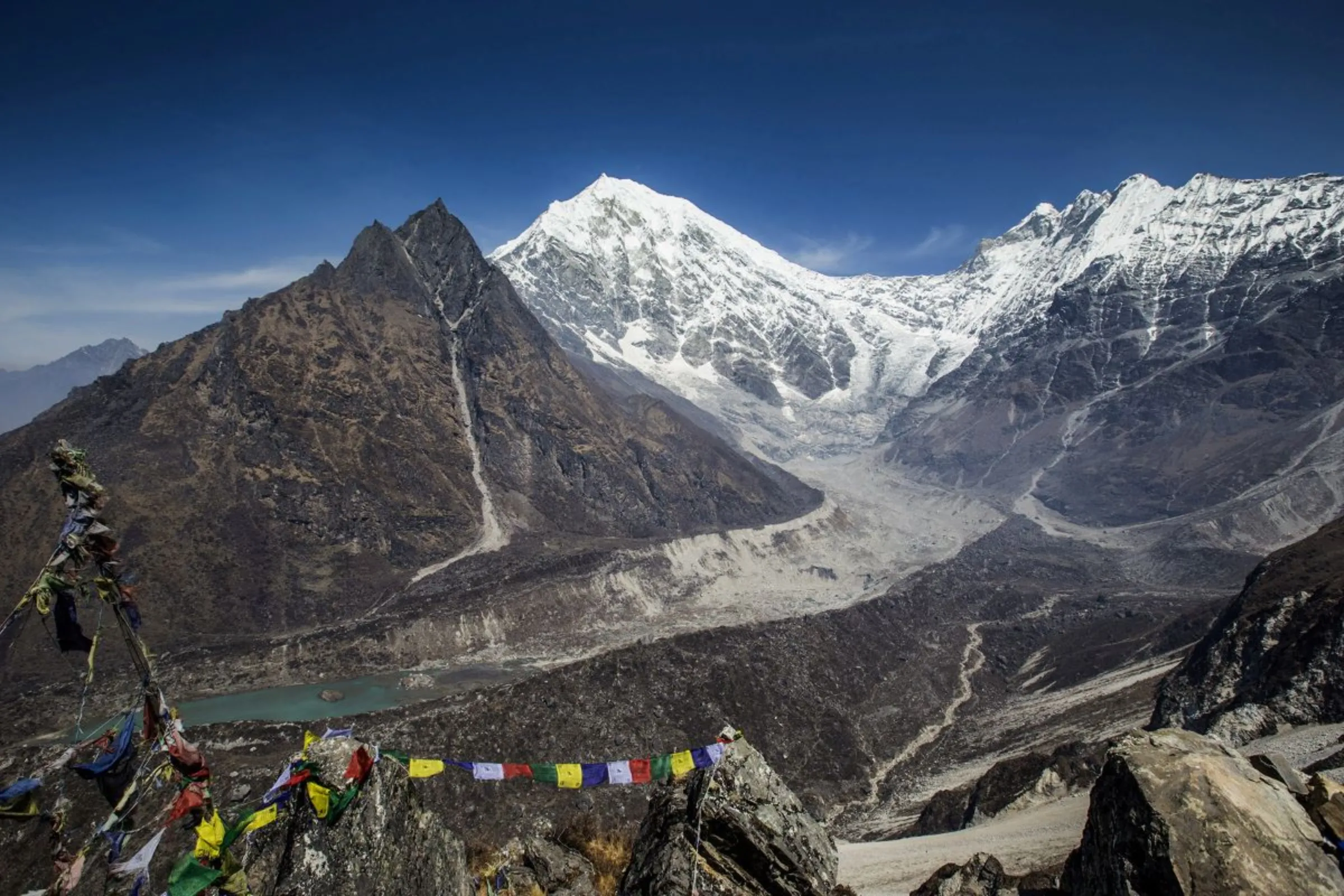
KATHMANDU: The looming crisis of global warming is having a profound impact on some of the world’s most iconic natural landscapes. Among these are the towering peaks of Nepal, home to the world’s highest mountains, including Mount Everest. Once covered in thick, eternal snow, these majestic mountains are now facing a stark reality—melting glaciers and vanishing snow, an alarming sign of the accelerating climate crisis.
Nepal’s glaciers, which have long been a source of water and life for millions, are receding at an unprecedented rate. Mount Everest, the world’s tallest peak, is no longer guaranteed to have the snow-capped summit it once did. The once-pristine white cover of snow on these towering giants is fast disappearing, leaving behind bare rock and ice where snow used to reign. This shift is not just a change in appearance—it has far-reaching consequences for both the environment and the people who rely on these mountains for survival.
The Himalayan glaciers play a critical role in providing water for the region. The meltwater from these glaciers feeds rivers that millions depend on for drinking, farming, and generating electricity. As the glaciers shrink, the flow of water from them is no longer reliable, threatening the livelihood of farmers and communities that depend on this vital resource. In addition to this, the disappearance of glaciers also affects the weather patterns that have long governed the region, potentially causing disruptions in agriculture and biodiversity.
This crisis is not limited to Nepal alone. The Himalayas are home to the largest concentration of glaciers outside of the polar regions, making them a crucial water source for countries across South Asia. Rivers like the Ganges, Brahmaputra, and Indus, which sustain over a billion people, are directly fed by the Himalayan glaciers. If the glaciers continue to retreat, the consequences will be devastating, causing widespread water shortages and possibly even conflict over water resources.
The shrinking glaciers also pose an increasing risk to mountaineers. For decades, Nepal has drawn climbers from around the world eager to scale the world’s highest peaks. But the changing environment is making these climbs more hazardous. The warming climate has led to more frequent avalanches, rockfalls, and other dangers. Mountaineers now face new and unpredictable risks that are altering the way these peaks are approached.
For Nepal, a country where tourism is a major part of the economy, the effects of a disappearing snow-capped landscape are particularly troubling. The tourism industry, especially trekking and mountaineering, has long been a key driver of economic activity. However, as the glaciers retreat and the snow melts away, tourists may start looking for destinations where the iconic snowy peaks still exist, leading to a potential decline in the flow of visitors to Nepal.
The disappearance of snow and glaciers in Nepal is a clear and undeniable sign of the global warming crisis unfolding around us. While the country is one of the most visible examples of this environmental change, it is not alone in its struggle. The impacts of climate change are being felt across the globe, and Nepal’s mountains are just one of many places where the natural world is bearing the brunt of human activity.
This is a wake-up call that the world cannot afford to ignore. The rapid retreat of glaciers in the Himalayas is a direct result of rising global temperatures, driven by carbon emissions and unsustainable practices. If the world fails to take immediate and decisive action to curb these emissions, the crisis will only deepen, leading to more profound disruptions in ecosystems and communities around the world.
As the glaciers move and the snow melts, it is becoming increasingly clear that global warming is not some distant issue—it is a pressing crisis that demands urgent action. Protecting the mountains of Nepal, and the natural world at large, will require a united global effort to address climate change, reduce emissions, and invest in sustainable solutions. The preservation of these natural wonders is not just an environmental issue, but a matter of global survival. The time to act is now, before the snow and glaciers are gone for good.


